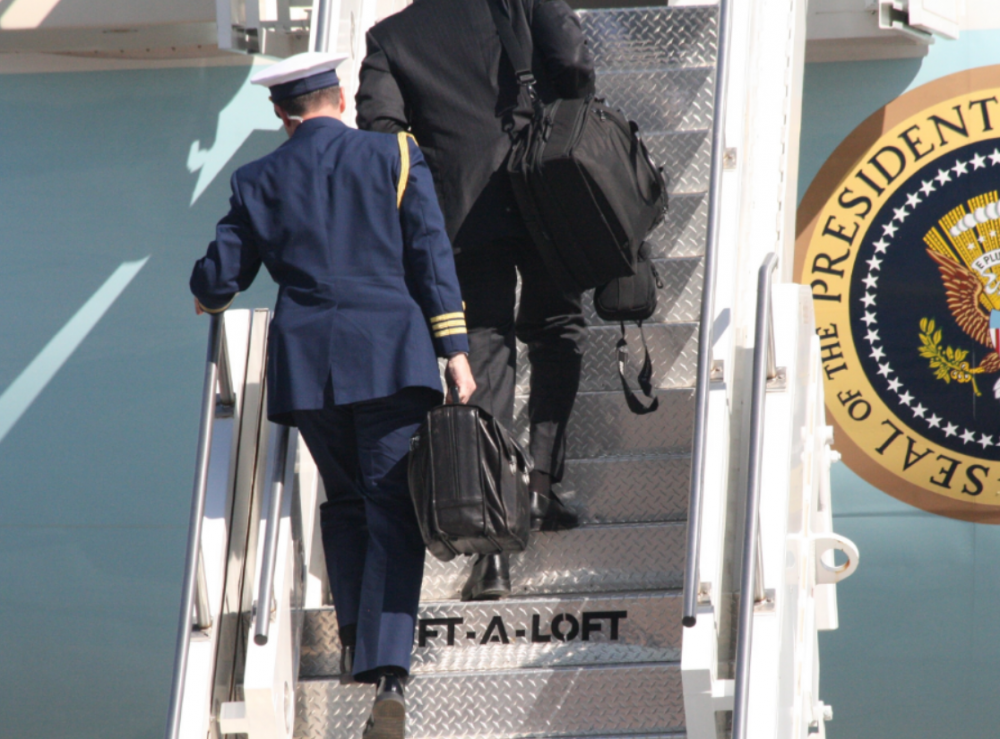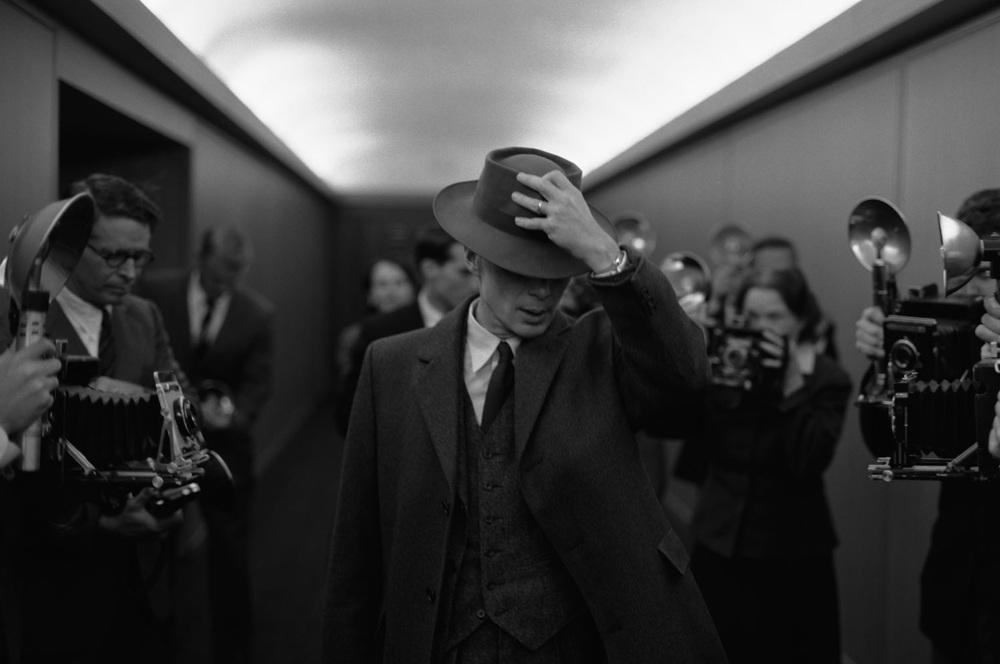
Mimi Hall
Vice President, Communications
Atomic Pulse
It’s been
hard to keep up with the rush of news in the run-up to Inauguration Day – from
President-elect Trump’s tweets about a nuclear arms race to his battles with
the intelligence community, from testy confirmation hearings in Congress to a
chorus of concerns about how to manage U.S.-Russia relations.
The team at
NTI has identified several articles, op-eds, blog pieces, and videos as among the
smartest, most interesting or most entertaining pieces out there related to some
of the key the issues around nuclear and global security.
So – with the
usual disclaimer that the views expressed may not
necessarily reflect those of NTI, members of our Board or our imaginary mascot
– may we suggest the following as we all try to make sense of the promise and
the peril ahead:
Vice
President Biden’s
recent speech on nuclear security at the Carnegie Endowment for International
Peace (CEIP) is a must. In it, he previewed the security challenges facing the
Trump administration and highlighted the nuclear security successes during the
Obama administration. His comments on no-first-use policy and modernization are
particularly interesting.
Speaking
of Carnegie, if you missed the New York
Times op-ed by CEIP President and former U.S. Ambassador to Russia William
J. Burns, titled “How We Fool Ourselves on Russia,” go back and read
it. It’s an important take from one of the world’s great diplomats.
Another good read: former
U.S. Secretary of Defense William
J. Perry’s take on how to handle North Korea’s claim that it is prepared to
test an intercontinental ballistic missile (ICBM).
And for
those who are curious about the transfer of the Briefcase and the Biscuit,
these pieces should bring you up to speed:
Finally, for a stark reminder of how little time a president
has to decide whether to launch a nuclear strike, take a look at NTI’s Launch
Under Attack timeline.
Sign up for our newsletter to get the latest on nuclear and biological threats.
Eugenia Zoloto is a Ukrainian artist who specializes in paper cutting, collages, and illustrations, in addition to working with oil paints and mixed mediums. She lives in Kyiv with her husband and two children and is participating in the 2023 #CranesForOurFuture campaign by contributing a beautiful floral sculpture featuring an origami crane.
Considering the current nuclear landscape, the power of Christopher Nolan’s film and the moral and ethical questions raised by J. Robert Oppenheimer’s work, movie viewers may be motivated to act to advocate for a world without nuclear weapons. But how?
If you want to learn more about Oppenheimer’s bomb and what we must do to protect the world today and for future generations, NTI’s online library is the perfect place to go.



